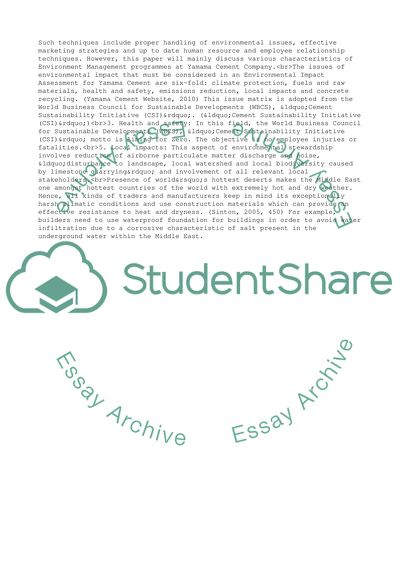Cite this document
(“Environment Management at Yamama Cement Company Assignment”, n.d.)
Environment Management at Yamama Cement Company Assignment. Retrieved from https://studentshare.org/management/1744604-enviromnet-management
Environment Management at Yamama Cement Company Assignment. Retrieved from https://studentshare.org/management/1744604-enviromnet-management
(Environment Management at Yamama Cement Company Assignment)
Environment Management at Yamama Cement Company Assignment. https://studentshare.org/management/1744604-enviromnet-management.
Environment Management at Yamama Cement Company Assignment. https://studentshare.org/management/1744604-enviromnet-management.
“Environment Management at Yamama Cement Company Assignment”, n.d. https://studentshare.org/management/1744604-enviromnet-management.


